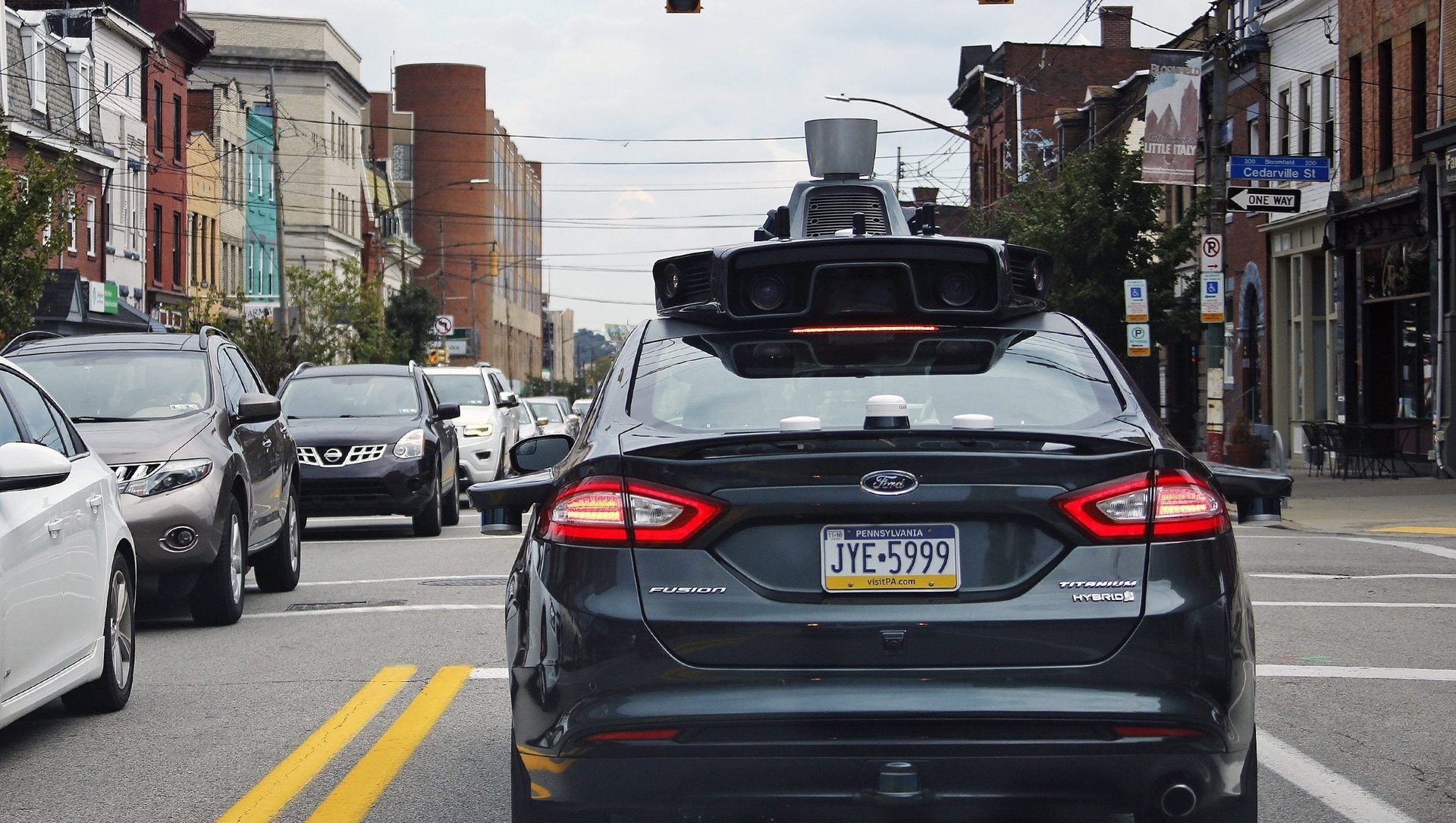The natural habitat for self-driving cars is the city. Here are all the ones piloting them.
Dense, congested, rich and expanding, cities will likely be the first place autonomous vehicles make their mark despite the long-term potential of highway trucking. To gauge their progress, Bloomberg Philanthropies polled cities around the world about their autonomous efforts.


Dense, congested, rich and expanding, cities will likely be the first place autonomous vehicles make their mark despite the long-term potential of highway trucking. To gauge their progress, Bloomberg Philanthropies polled cities around the world about their autonomous efforts.
More than 35 cities said they were piloting autonomous vehicles (AV), and at least 18 more were preparing to do so (see table at the end of this article). Several more were working on introducing AVs but were unable to disclose it publicly.
The main motivator is leveraging existing transit systems with shuttles and other vehicles to provide “last-mile” solutions. Giving travelers comprehensive, low-cost transit to final destinations could radically boost ridership on public transit reliant on centralized hubs. Taxis and mass transit were the next most popular anticipated applications.
But funding and capacity are still barriers to a self-driving urban future. By detailing the cities pioneering AVs, and the challenges they’re facing, Bloomberg Philanthropies hopes to spur collaborative problem solving among the world’s municipalities.
Most public pilots are concentrated in North America (26) and Europe (14), although Asia (6) is close behind. A scattering of efforts are underway in Latin America, Australia, and the Middle East. Every city has a unique approach: Amsterdam is testing ROBOAT, automated barges that move people and goods through historic canals, while Detroit’s first AV pilot is a 6-passenger electric shuttle. You can read about all the cities’ electric pilots here.